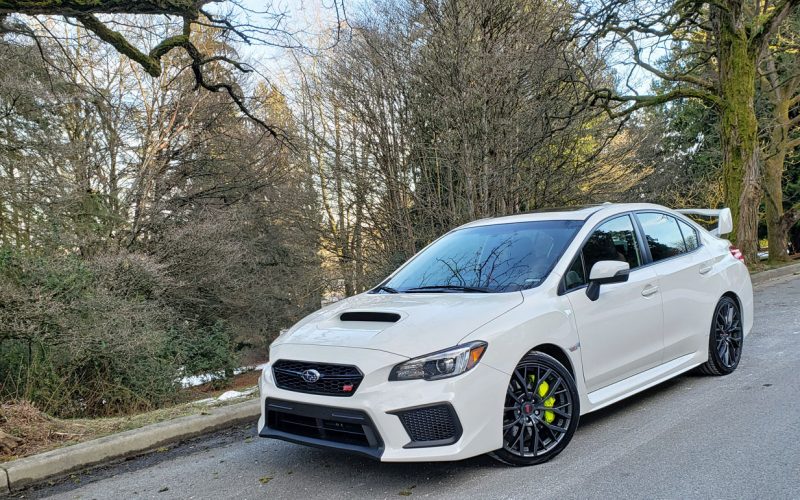
Reading Time: 11 minutesAre you a wing spoiler or a lip spoiler person? That’s a question you’ll need to
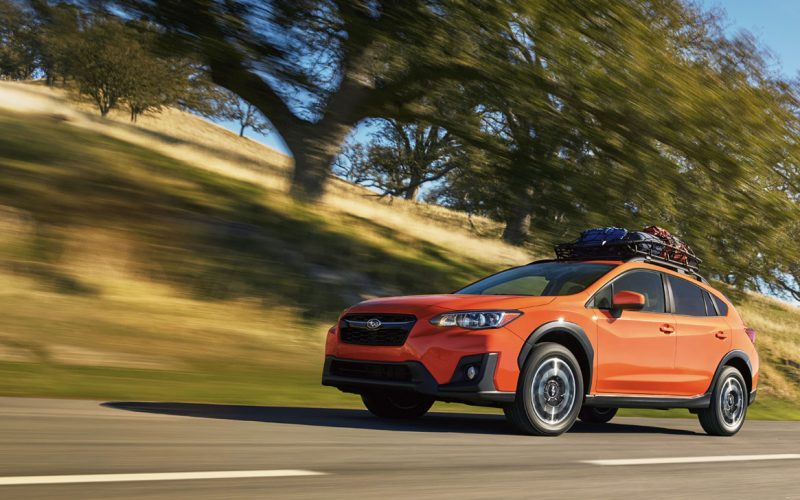
Reading Time: 6 minutesCan you just imagine future Subaru Outback ads? Subaru versus the mountain goat, only once the
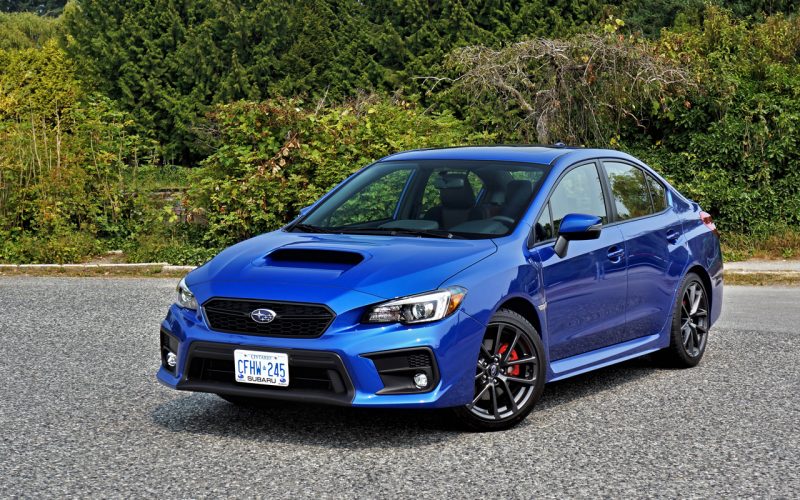
Reading Time: 8 minutesIt only seems like we reviewed the 2018 WRX yesterday and all of a sudden the
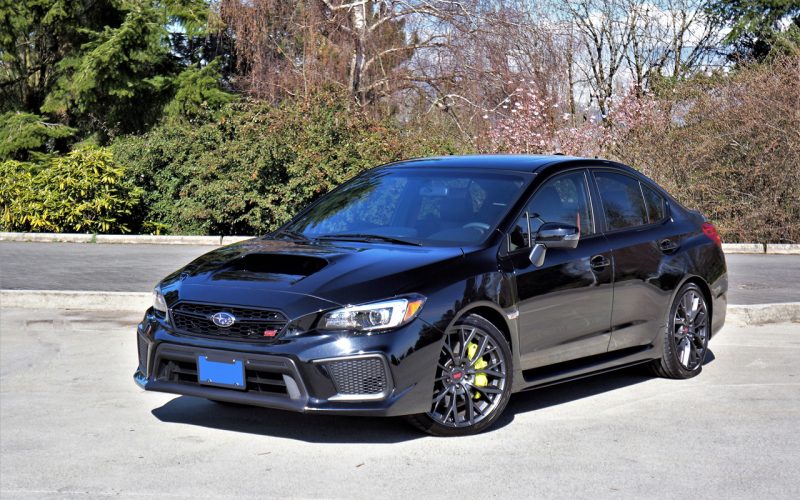
Reading Time: 14 minutesFor being such a niche model, Subaru doesn’t leave the WRX and its even quicker WRX
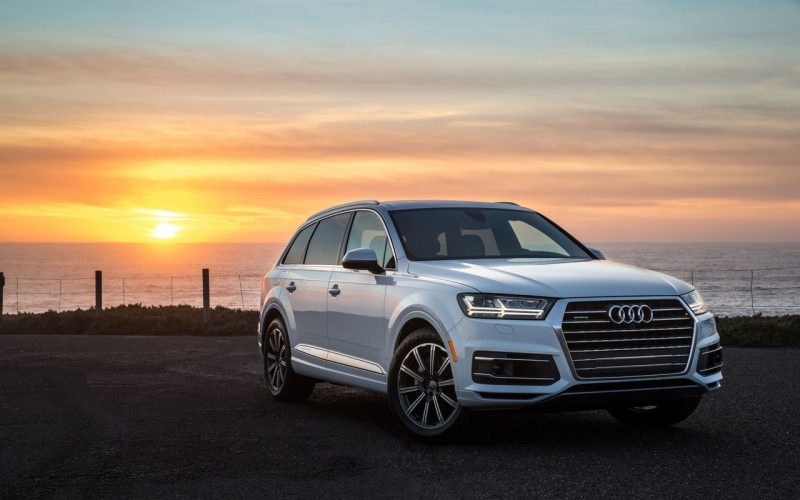
Reading Time: 4 minutesAudi and Subaru have been named best Mainstream Brand and best Premium Brand respectively in ALG’s
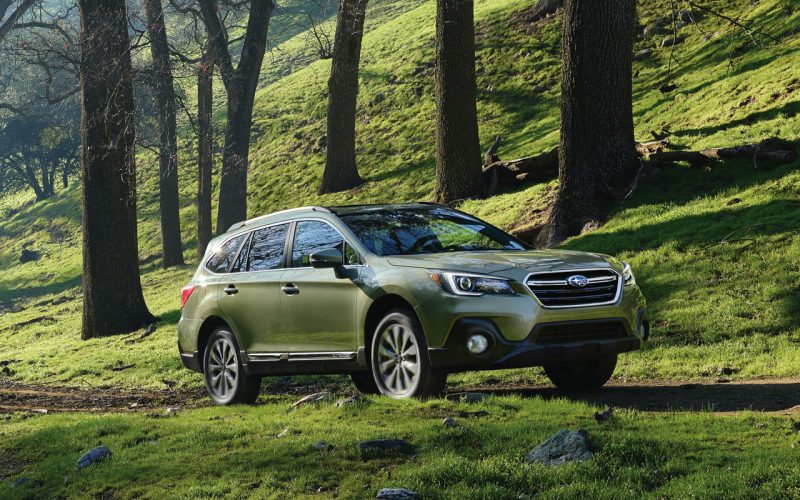
Reading Time: 3 minutesSubaru Canada, Inc. (SCI) capped off calendar year 2017 with its best December on record, helping
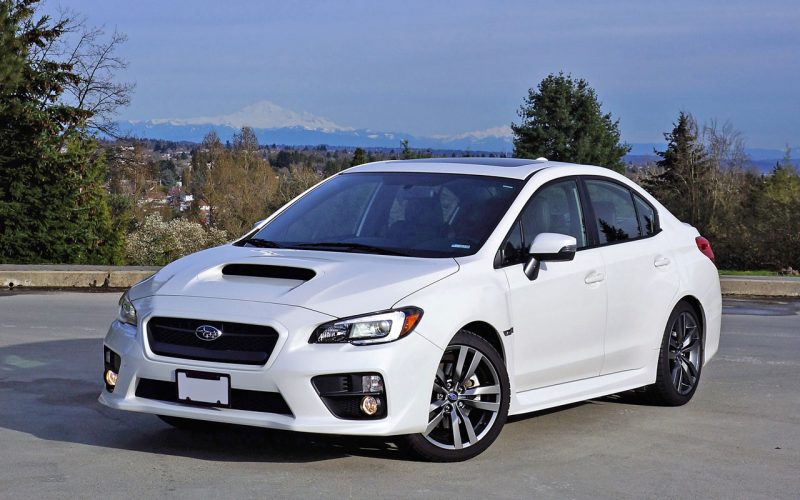
© 2025 The Car Magazine. All Rights Reserved, Privacy Policy | Terms of Use